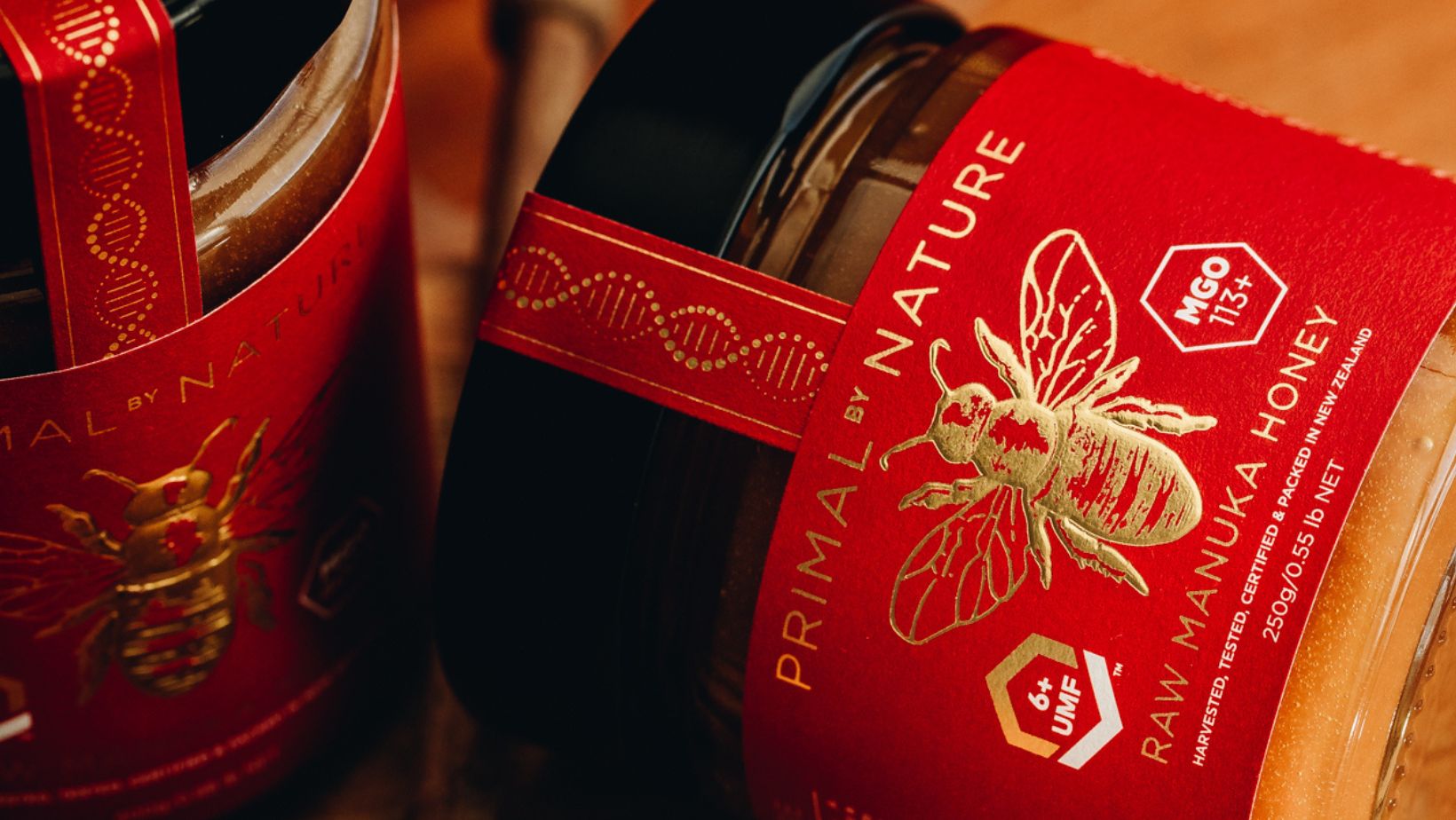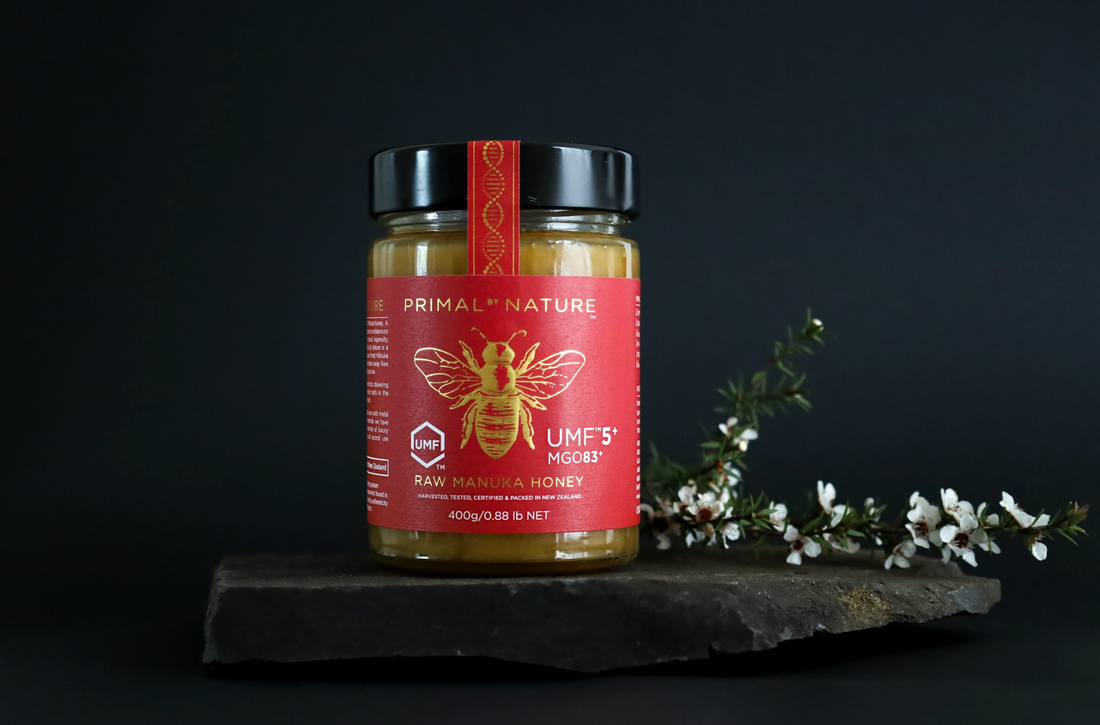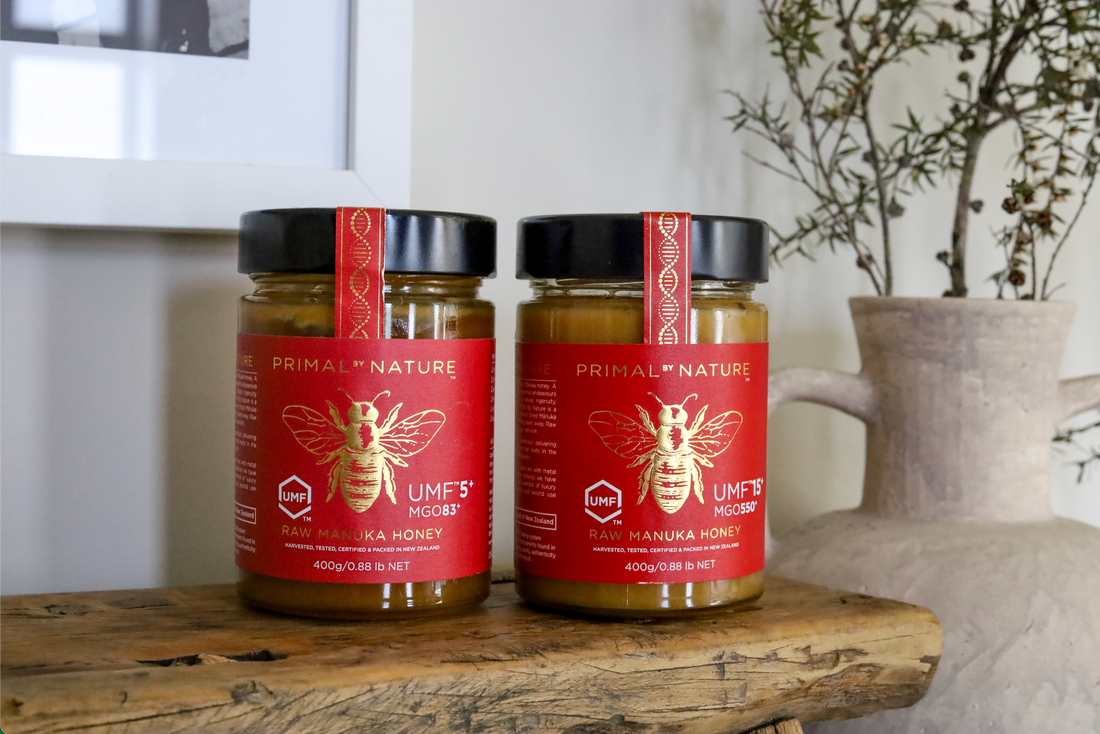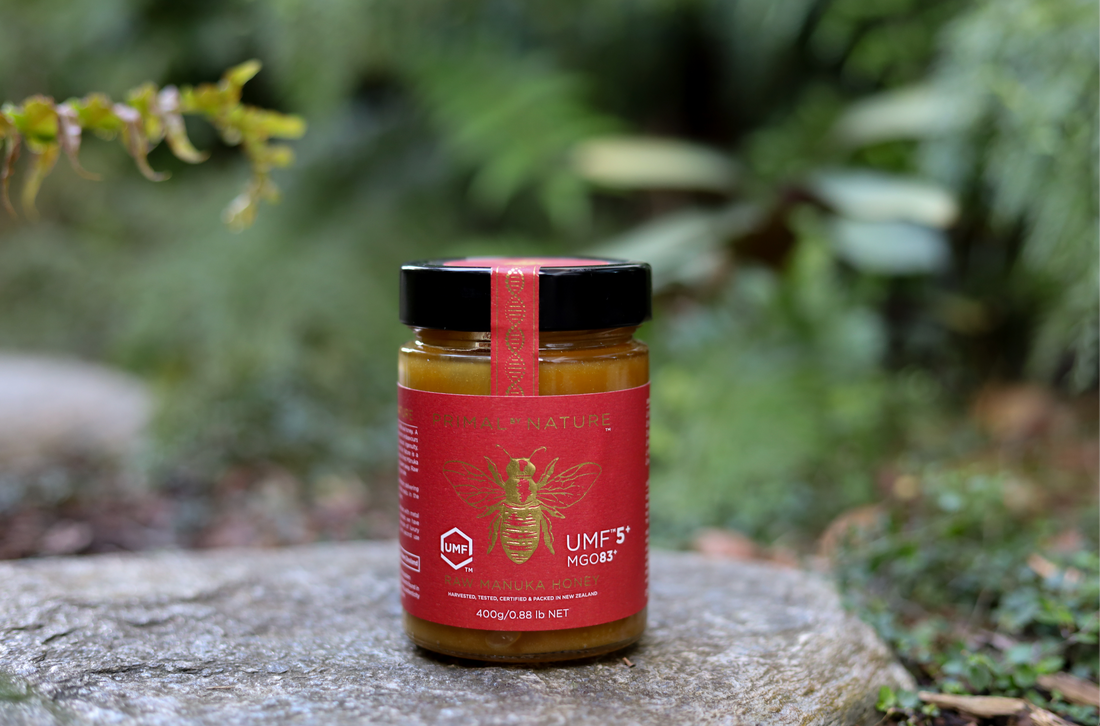MGO or methylglyoxal is a hot topic within the natural health sphere, but what exactly is it, and how has it contributed to the fame of raw Mānuka honey? You may be familiar or new to Mānuka honey, but the first thing to note is that the mystery of MGO is very exciting and continuously being studied.
Why is it so special? Have a read through this article which will delve into the multiple ways MGO has scientists raising their eyebrows and why natural health enthusiasts have been obsessed with this special ingredient that is abundantly found within 100% pure New Zealand Mānuka honey.
Is MGO A Chemical?
MGO is a naturally-occurring chemical commonly found in small concentrations within all kinds of honey. However, within monofloral Mānuka honey, the concentration of MGO has been measured to be exponentially higher.
The concentration of MGO in Mānuka honey is up to 100-fold higher than in conventional honey. Additionally, MGO is a potent agent that assists in the formation of important proteins. There has even been the suggestion that MGO can have substantial effects in targeting certain molecules that important for bodily function. (Majtan, J. 2011).
For more information on MGO, please read ‘What Is MGO in Mānuka Honey’
Does MGO Have Antibacterial Properties?
While there is still great debate on this topic, MGO has been suggested to have antibacterial properties within sterile clinical environments. It’s important to note; however, the properties reported are not to the extent of an antibiotic like penicillin.
The effects noted by scientists have to do with reducing the growth of bacterial biofilms. A biofilm is a term used to describe a film/strip of bacteria on a surface. We must be cautious not to claim antibacterial properties too greatly when the studies have only been conducted on small-scale bacterial environments. (Jervis‐Bardy, J. 2011).
While the effect of MGO on reducing bacteria is exciting to see, we need to be cautious so as not to claim full-body effects until more research is done.
How Does MGO Affect The Value of Pure Mānuka Honey?
As a rule of thumb, MGO plays an important role regarding the price of a certain product. To many, it’s the only thing they look for when grabbing a jar of Mānuka honey as this unique biochemical represents the potency. The higher the concentration of MGO, the stronger the Mānuka honey.
True monofloral (from one flower’s nectar) Mānuka honey will typically start at approximately 80mg/kg and has been known to reach concentrations as high as 1700mg/kg - our UMF 31+ Mānuka honey has a concentration of 1722mg/kg - some of the highest possible concentrations on Earth.
Is MGO The Only Factor I Should Consider When Buying Mānuka Honey?
While MGO plays a crucial role in determining the quality of pure Mānuka honey, there are several other factors at play. The most common label people will seek when they look for raw Mānuka honey is the UMF™ certification.
The Unique Mānuka Factor (UMF™) is a grading method used to determine authentic monofloral Mānuka honey. Considered by many to be the gold standard of Mānuka honey grading, this specialised method takes into account four key bioactive chemical markers.
These four ingredients contribute to the Mānuka honey authenticity, potency, freshness and shelf-life. With MGO acting as the indicator for potency, the remaining biochemicals include:
Leptosperin - Mānuka DNA marker
Dihydroxyacetone (DHA) - Biochemical found in Mānuka nectar
Hydroxymethylfurfural (HMF) - a heat-sensitive chemical, determines the freshness
Primal by Nature - Sustainably Providing 100% Pure New Zealand Mānuka Honey
Primal by Nature can deliver Mānuka honey from the rawest and primal regions in some of the most remote New Zealand locations. We are your one-stop shop for a sustainable and natural solution. Our Mānuka honey comes in a range of UMF™ strengths.
All Primal by Nature Mānuka honey arrives at your door in recyclable glass jars regardless of the level of MGO or UMF™. We believe that our pure New Zealand Mānuka honey must be the best and should be available to consumers in the same eco-friendly packaging.
Primal by Nature eliminates the confusion surrounding Mānuka honey UMF™ grading systems and standards. As a result, you will be made aware of the different grades and be confident in buying a product that reflects an environmentally conscious brand.
Taking Mānuka honey to the next level, every Primal by Nature glass jar contains a potent primal burst of nature. To taste Mānuka honey of this stature is to embrace nature itself. So take a look at our extensive selection of Mānuka honey products and become one with nature.
Sources:
Majtan, J. (2011). Methylglyoxal—a potential risk factor of Mānuka honey in healing of diabetic ulcers. Evidence-Based Complementary and Alternative Medicine, 2011.
Jervis‐Bardy, J., Foreman, A., Bray, S., Tan, L., & Wormald, P. J. (2011). Methylglyoxal‐infused honey mimics the anti‐Staphylococcus aureus biofilm activity of Mānuka honey: potential implication in chronic rhinosinusitis. The Laryngoscope, 121(5), 1104-1107.





